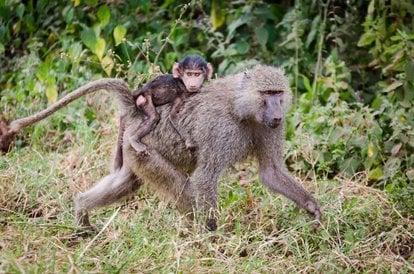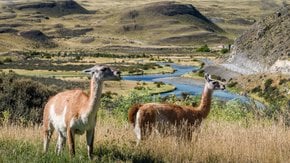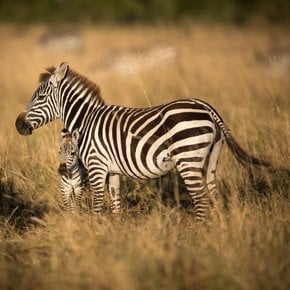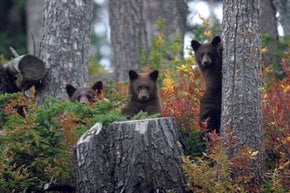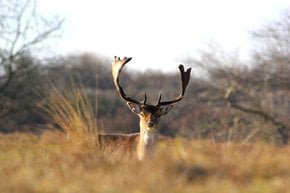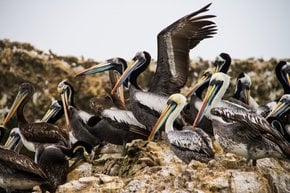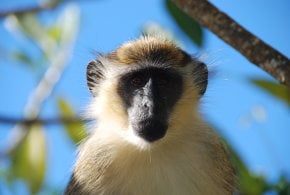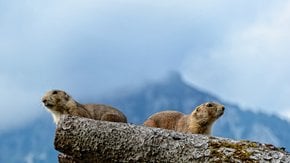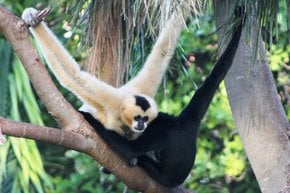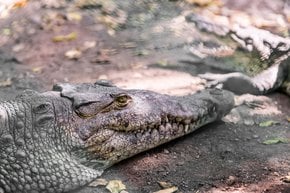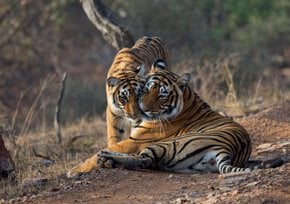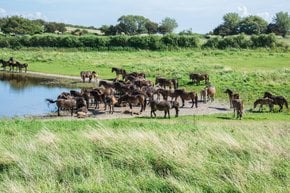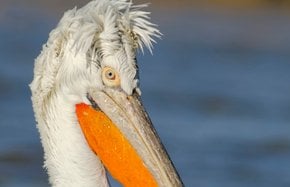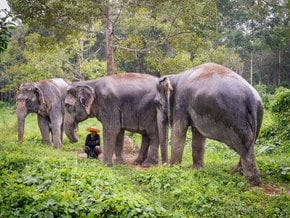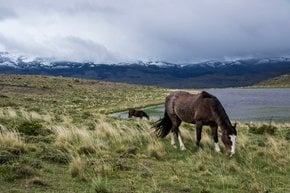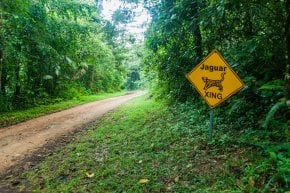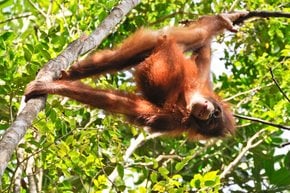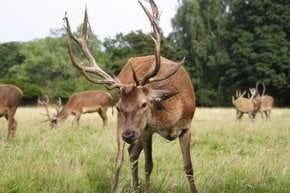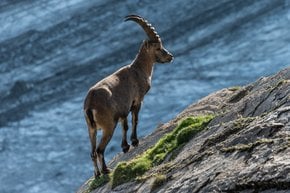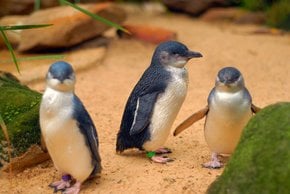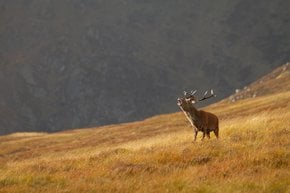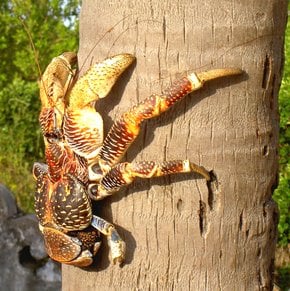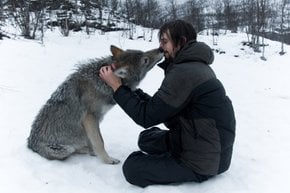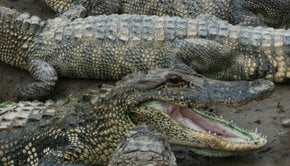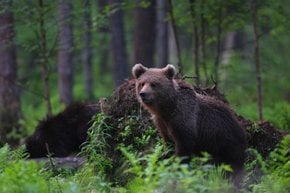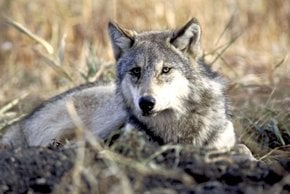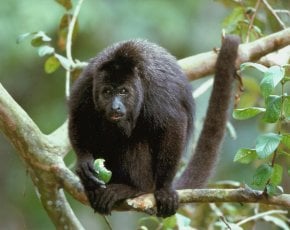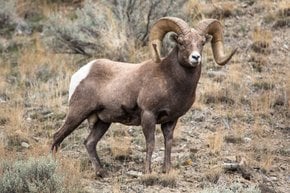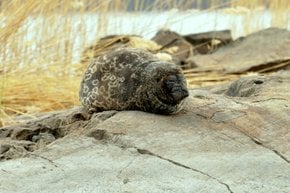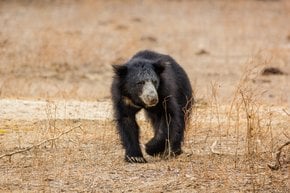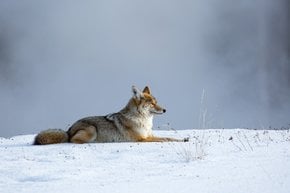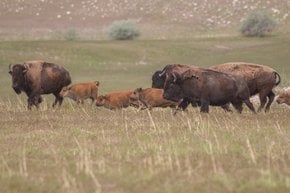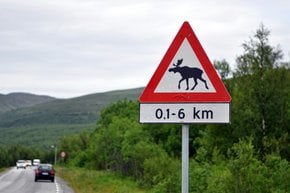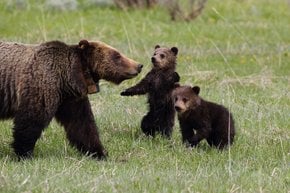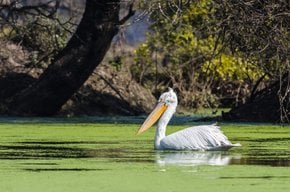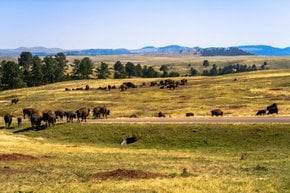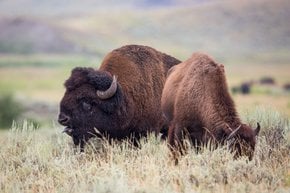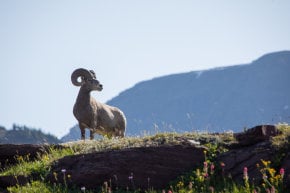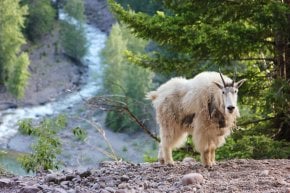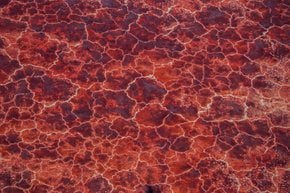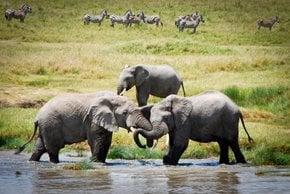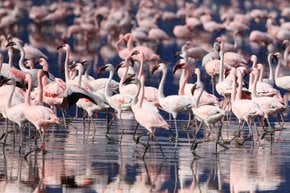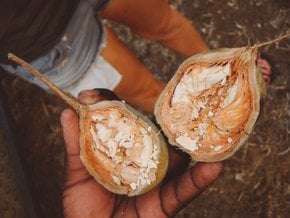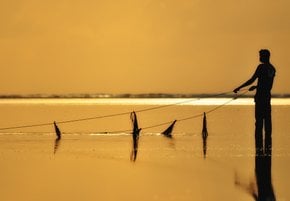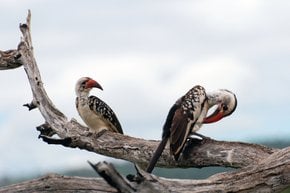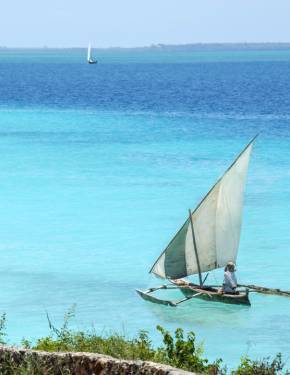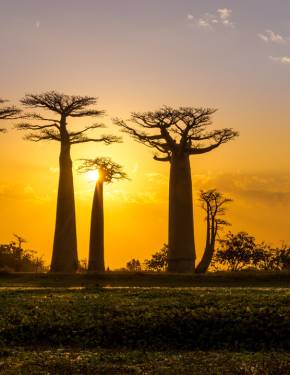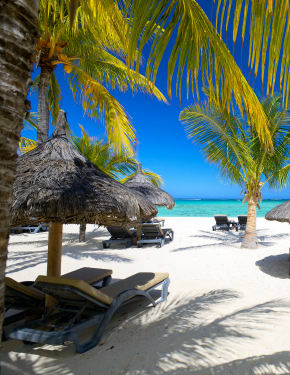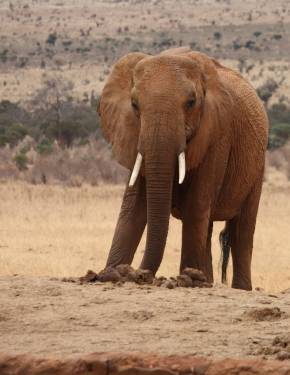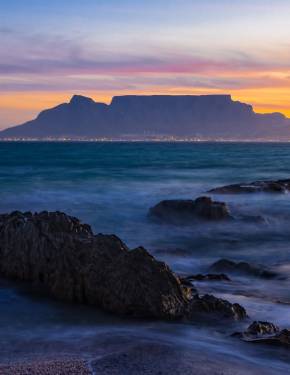Baboon Troops in Tanzania 2026
One of the most famous places in the world to see baboons is here in Tanzania, so don't miss your chance
Best time: June–October | January–February
You can find two species of baboons in Tanzania—olive and yellow. They live in large social troops, which are mainly matriarchal. Males move from one troop to another and fight for their right to stay and improve their social rank.
The larger and darker olive baboons can be found in northern Tanzania, while smaller yellow baboons live in the southern and coastal parts of Tanzania. They usually choose places closer to water sources and with safe sleeping places mainly found on the high trees or cliffs. They also carefully choose what to eat. Baboons mostly feed on grass, berries, seeds, pods, blossoms, leaves, roots, and some plants. But they can also eat insects and meat, like birds, small animals, fish, and shellfish. Their main predators are humans, leopards, and cheetahs. They usually run away and hide, but sometimes males can form a line and show their large canines and aggressively howl. This can force some predators to think twice and back off.
Be careful with them though, as they can become very aggressive. Some of the best places to see baboons in the natural surrounding in Tanzania are the Gombe and Manyara national parks. As Gombe is more dedicated to chimpanzees, Lake Manyara National Park is a better choice. This is a 329 sq km area with a lake, forest, woodland, grasslands, and swamps. It is famous for the world's largest concentration of baboons. The best season to come is the dry season, as during heavy rains primates tend to hide and don't spend much time out and about.

